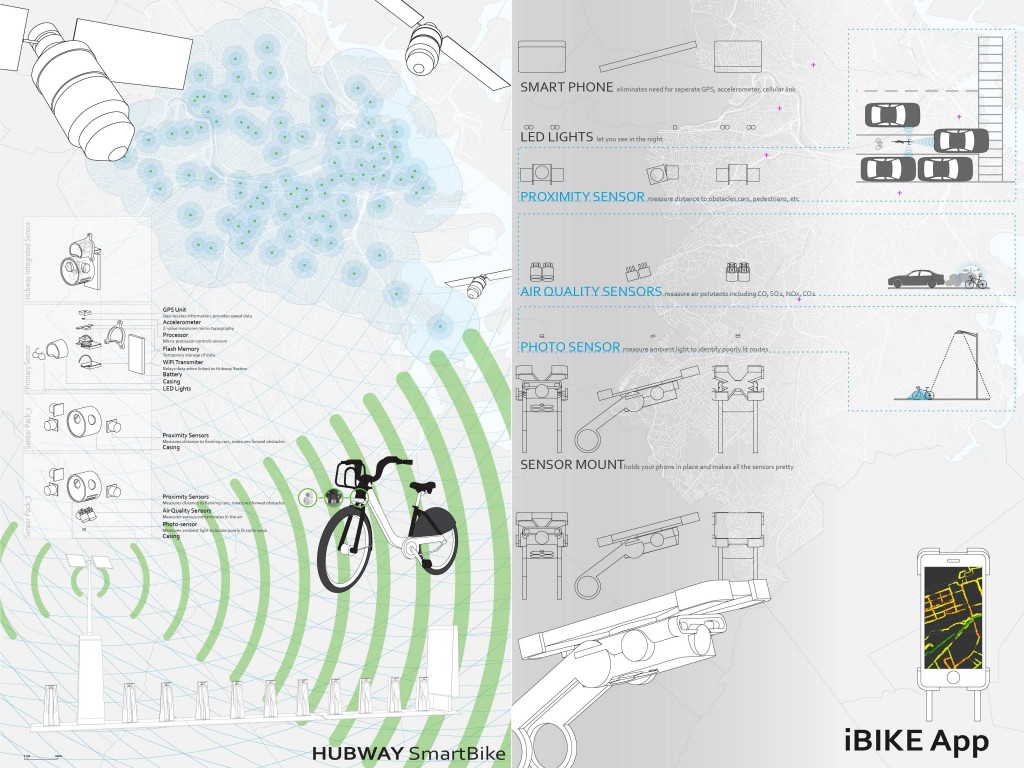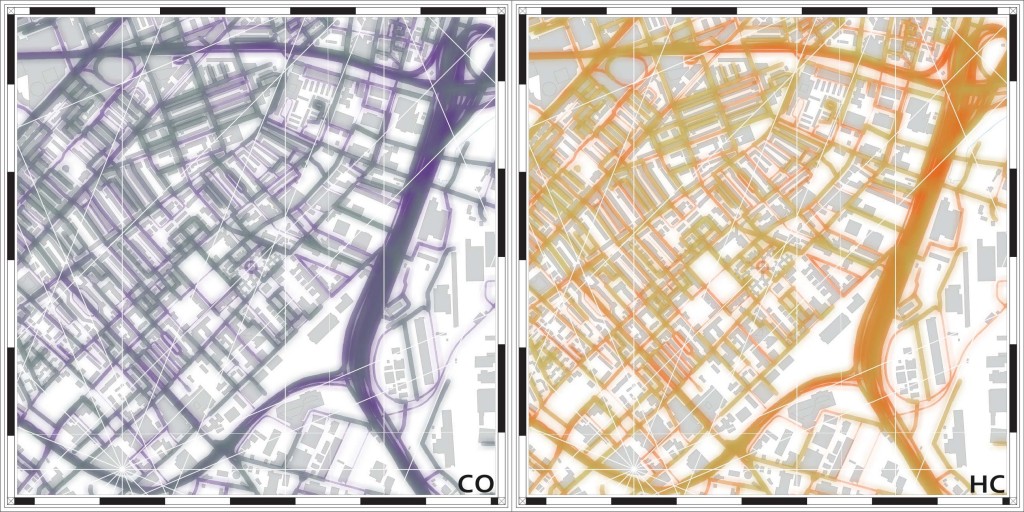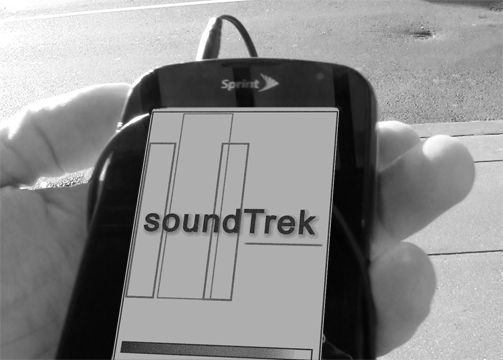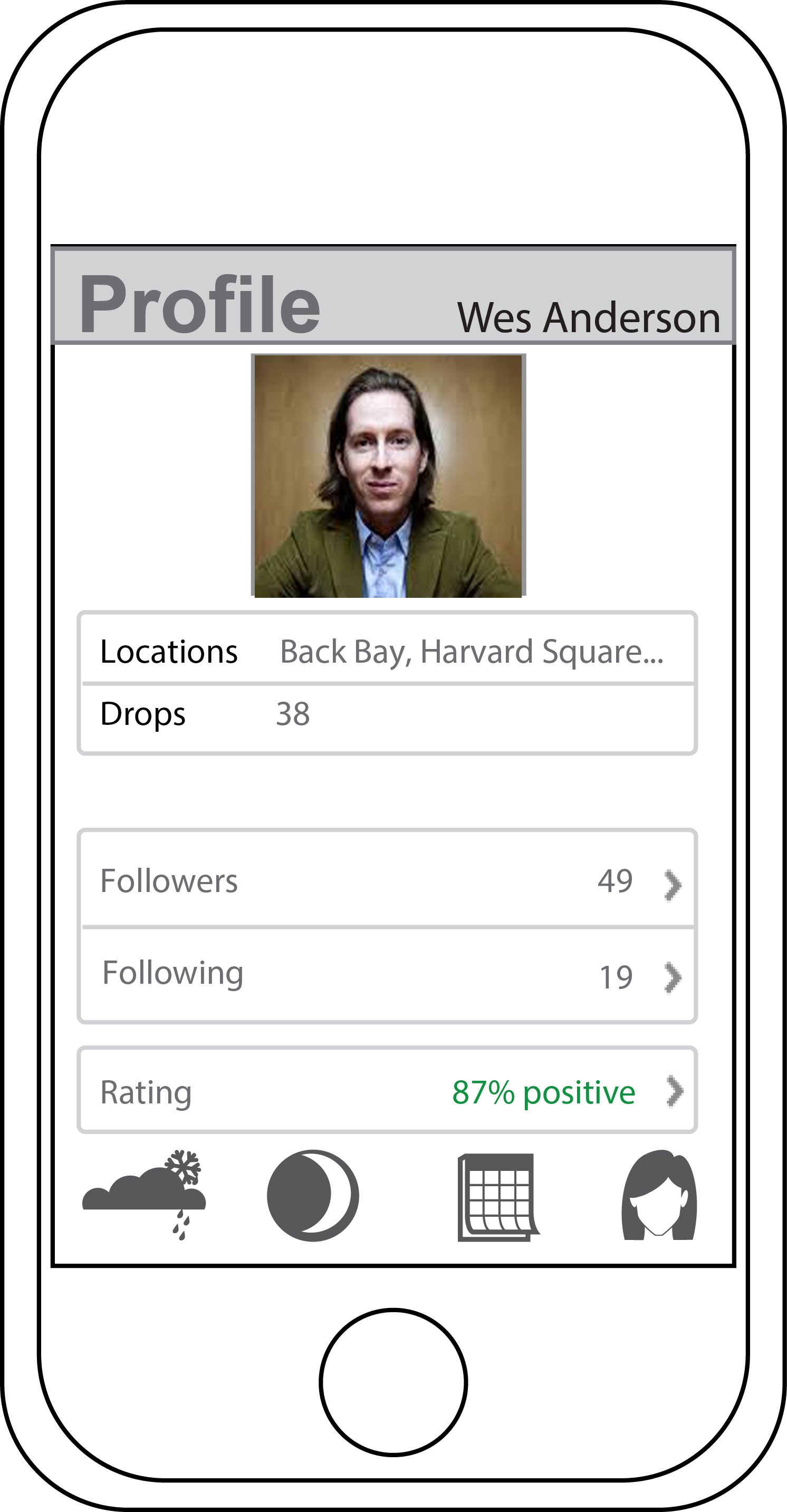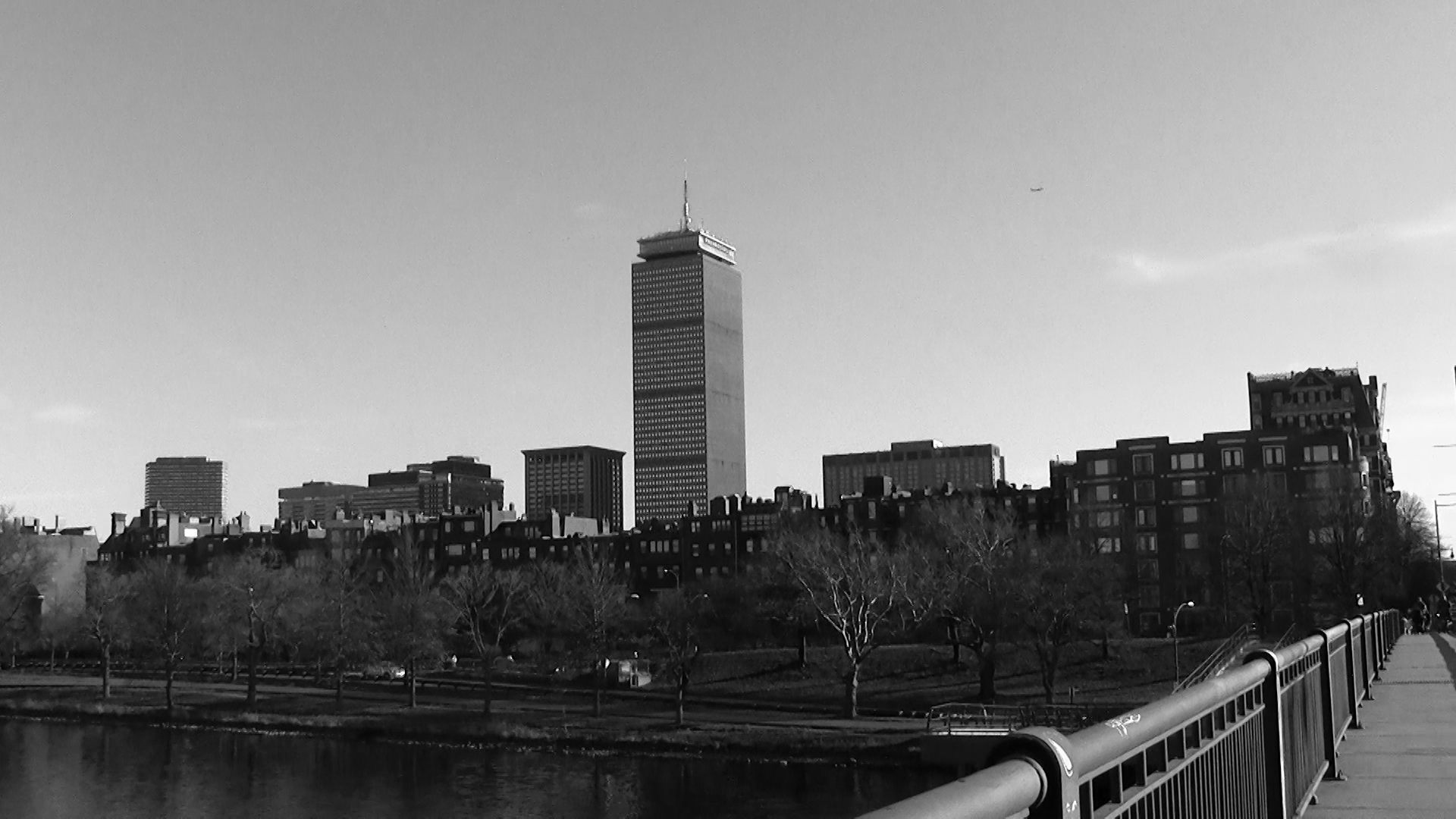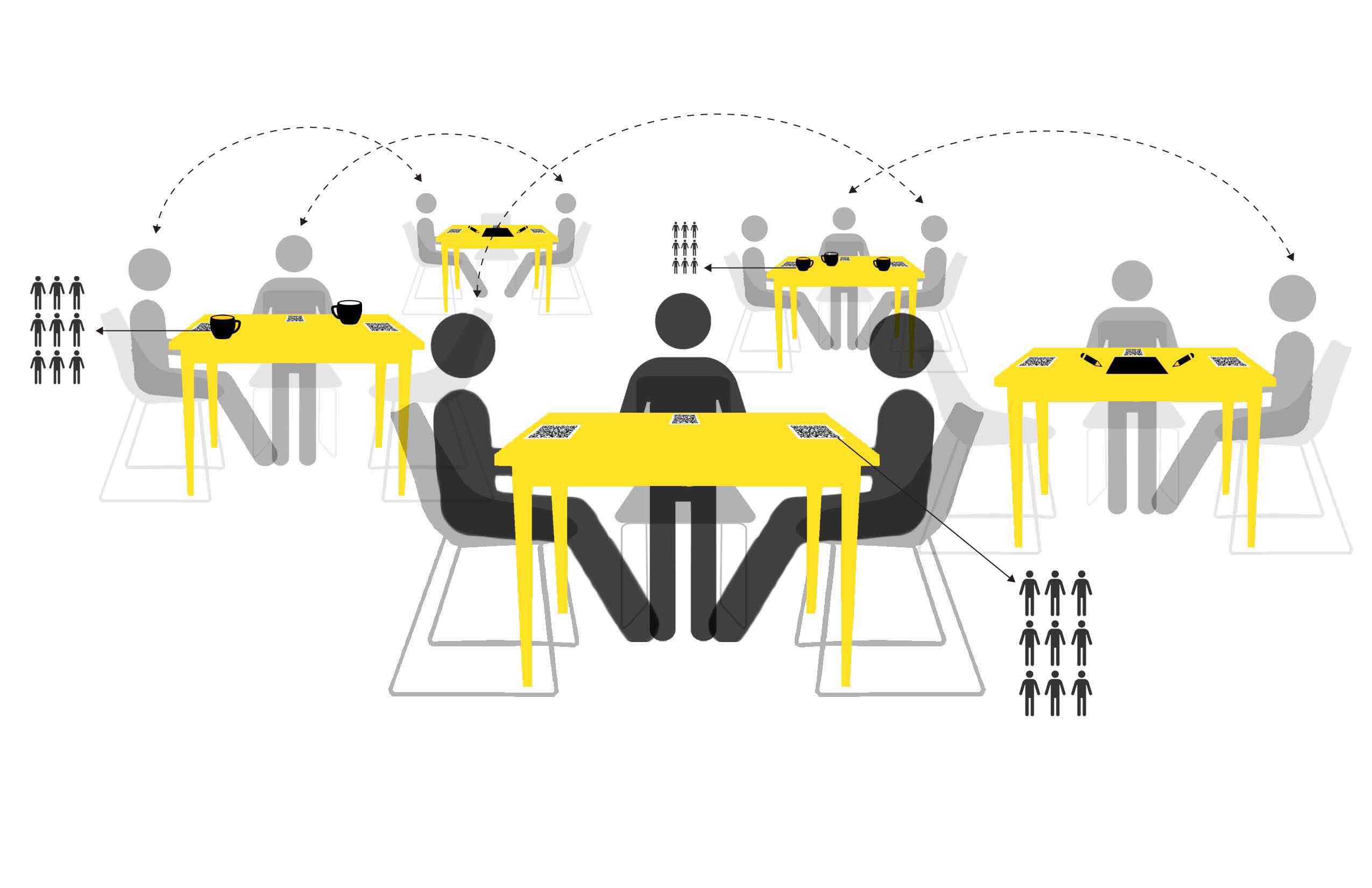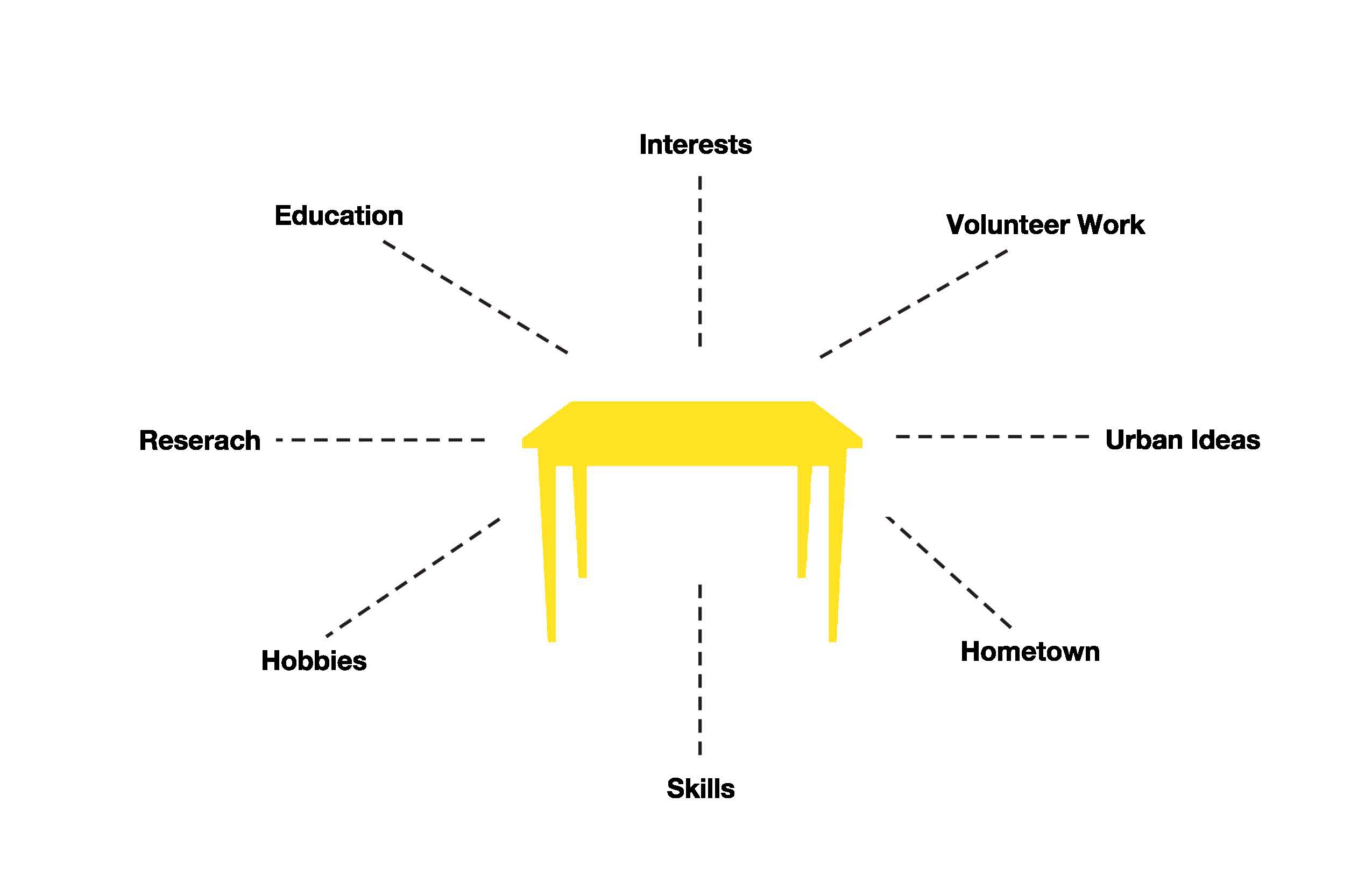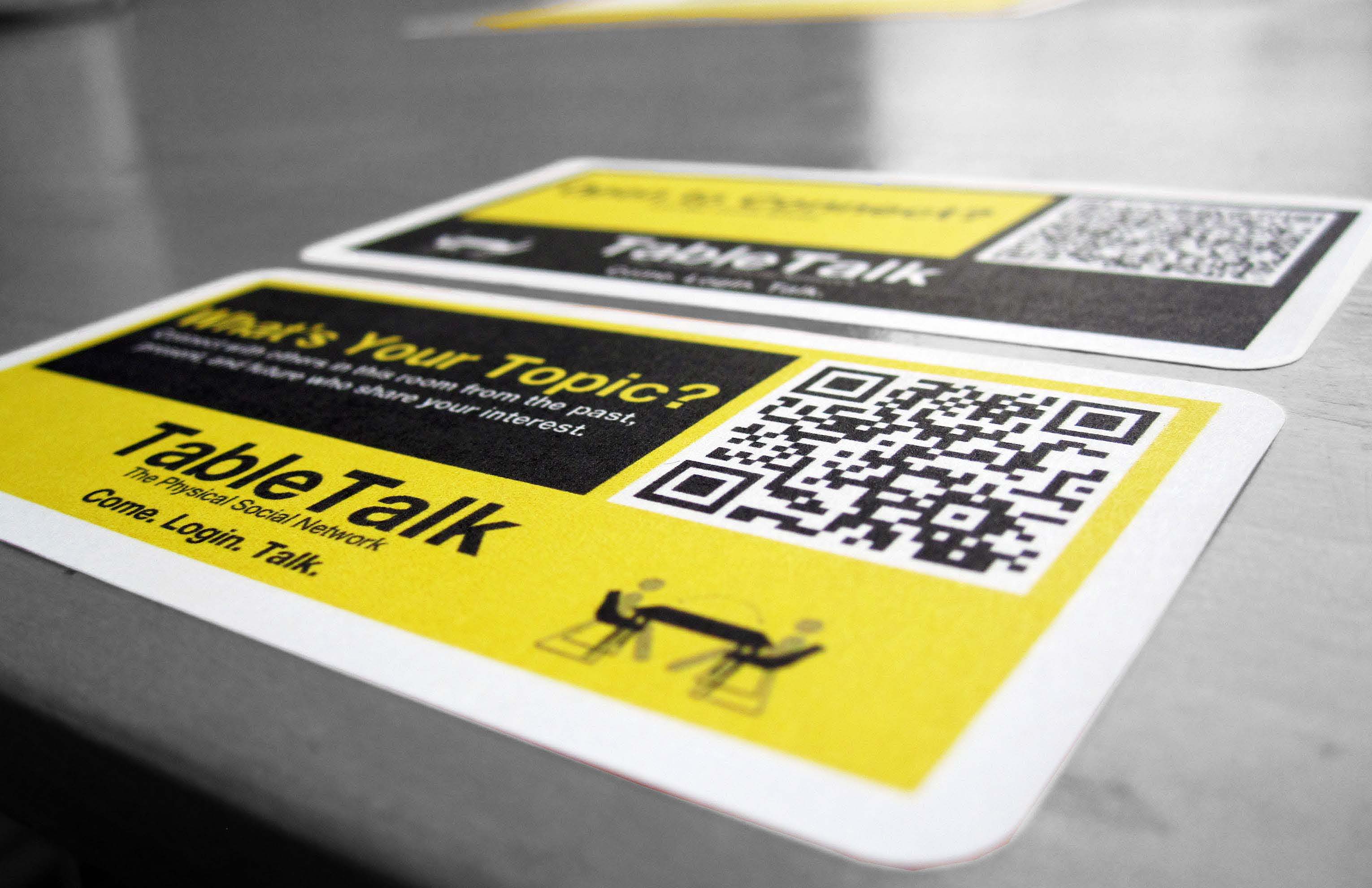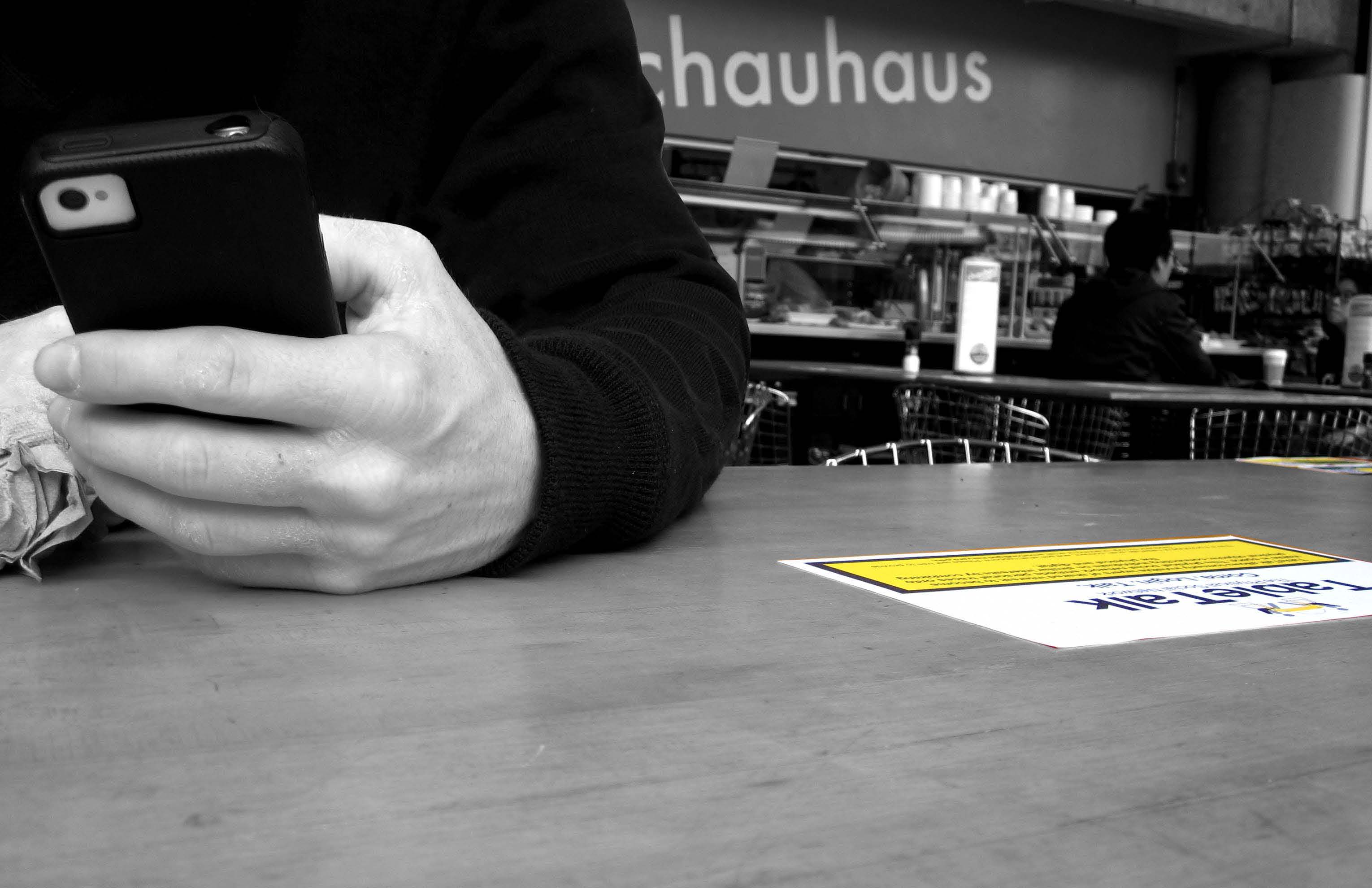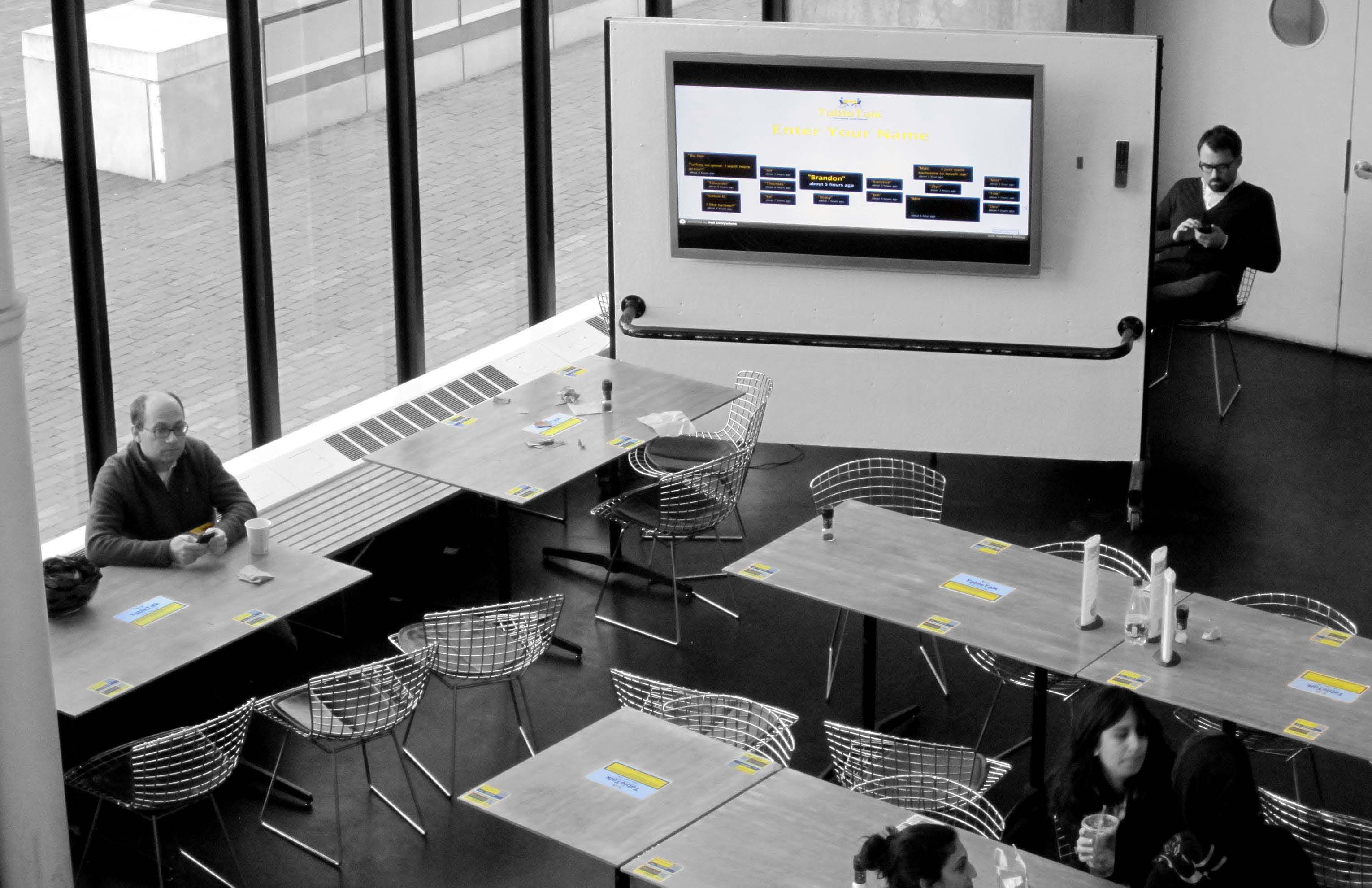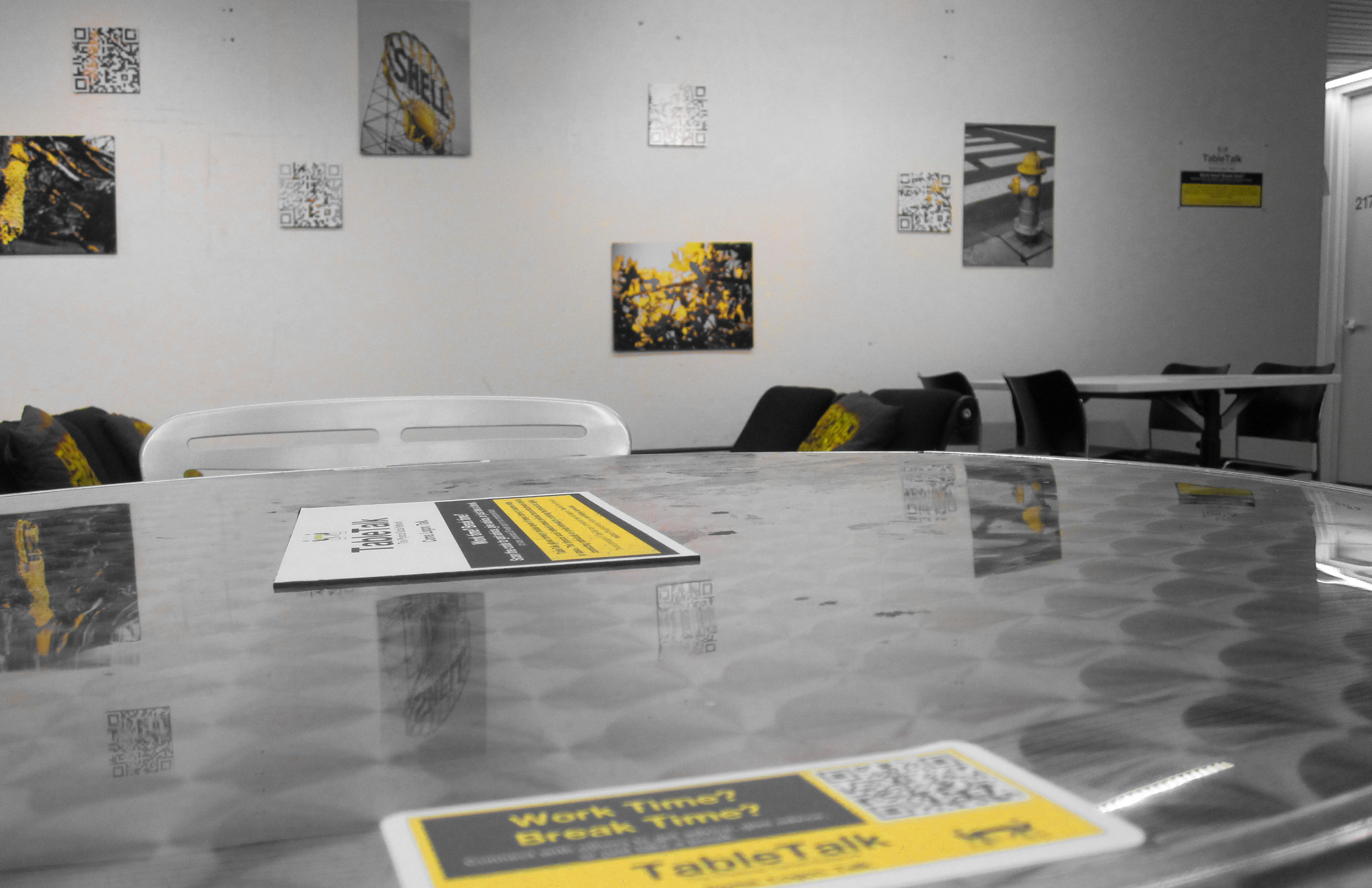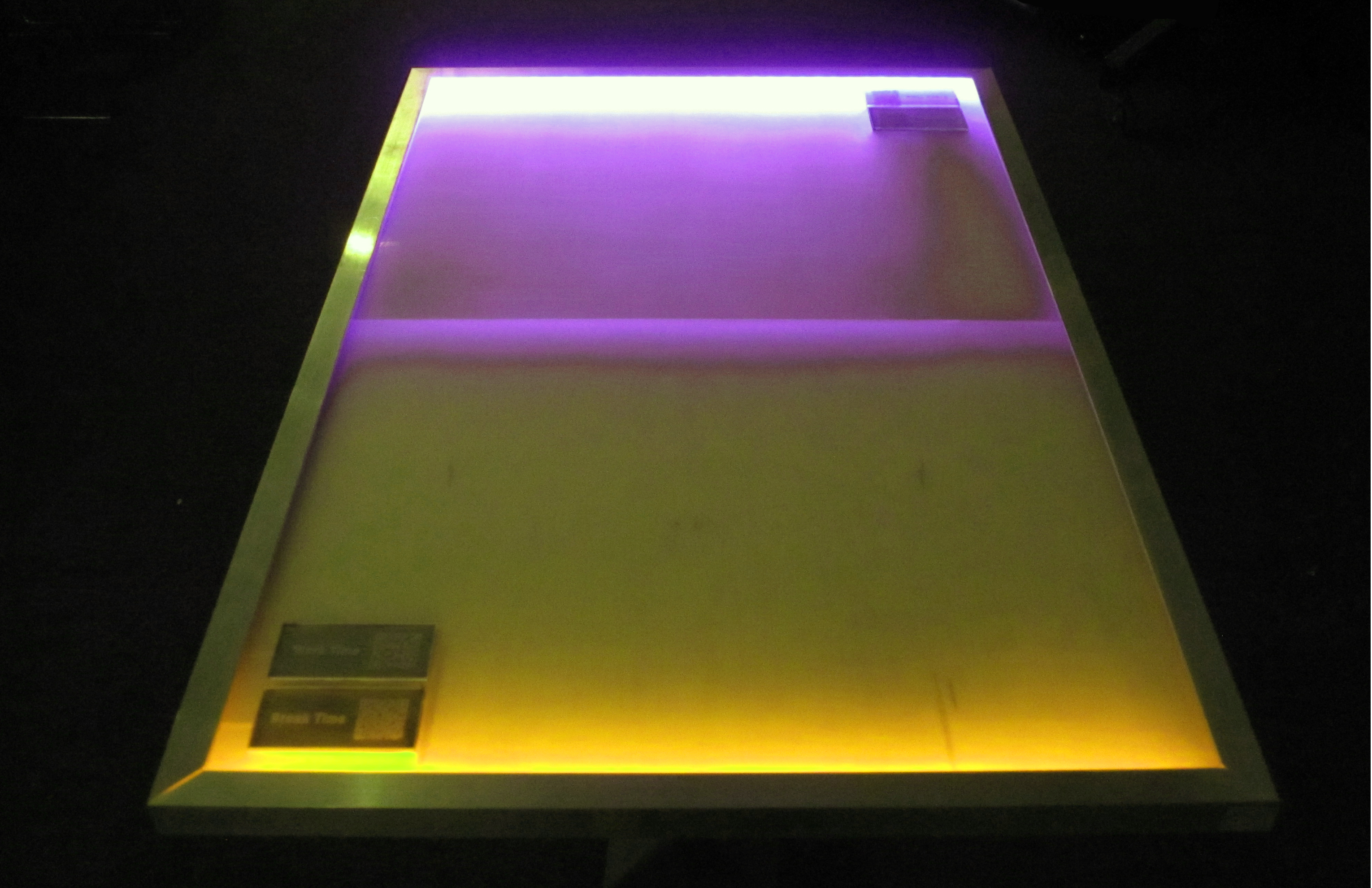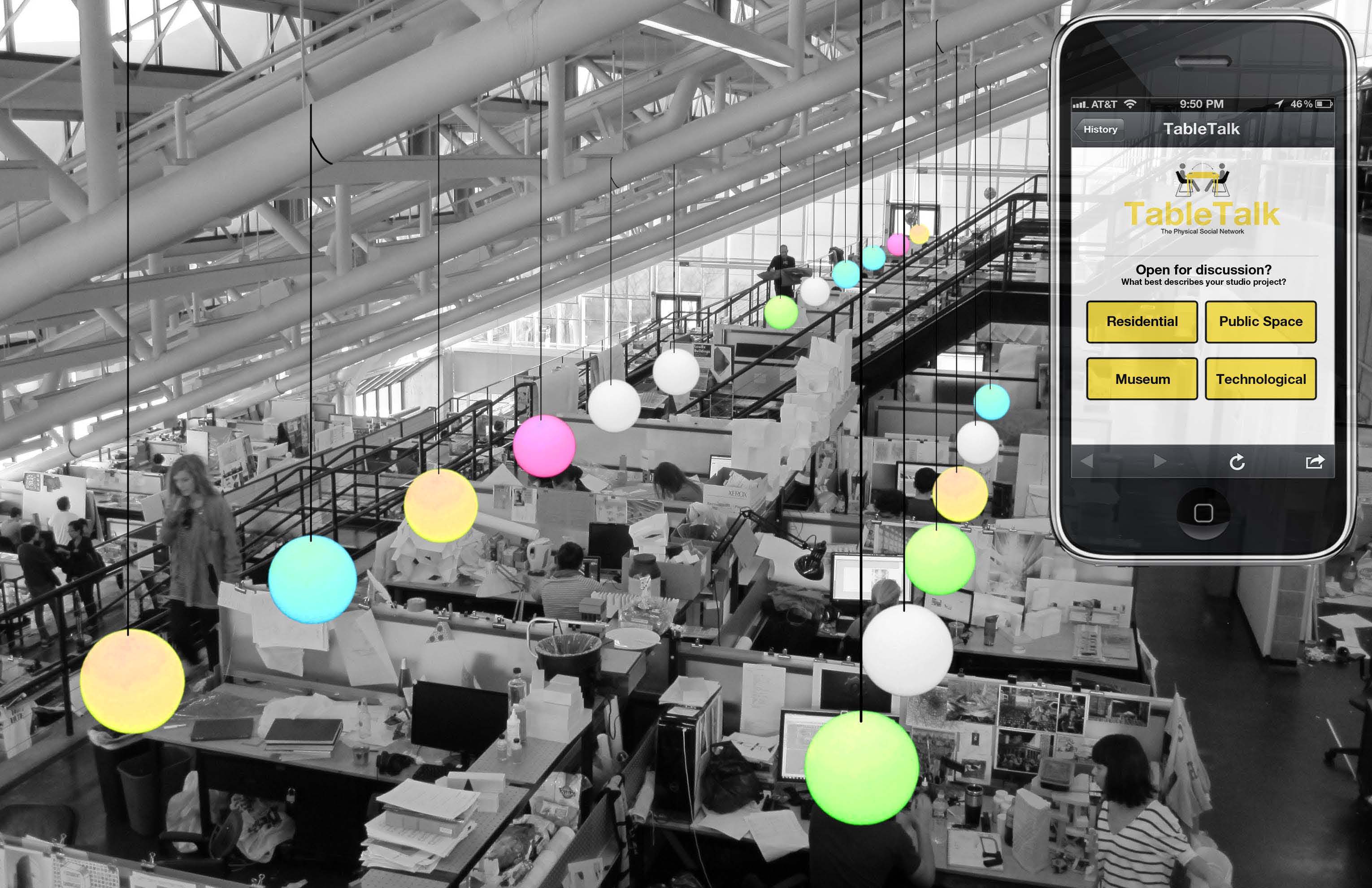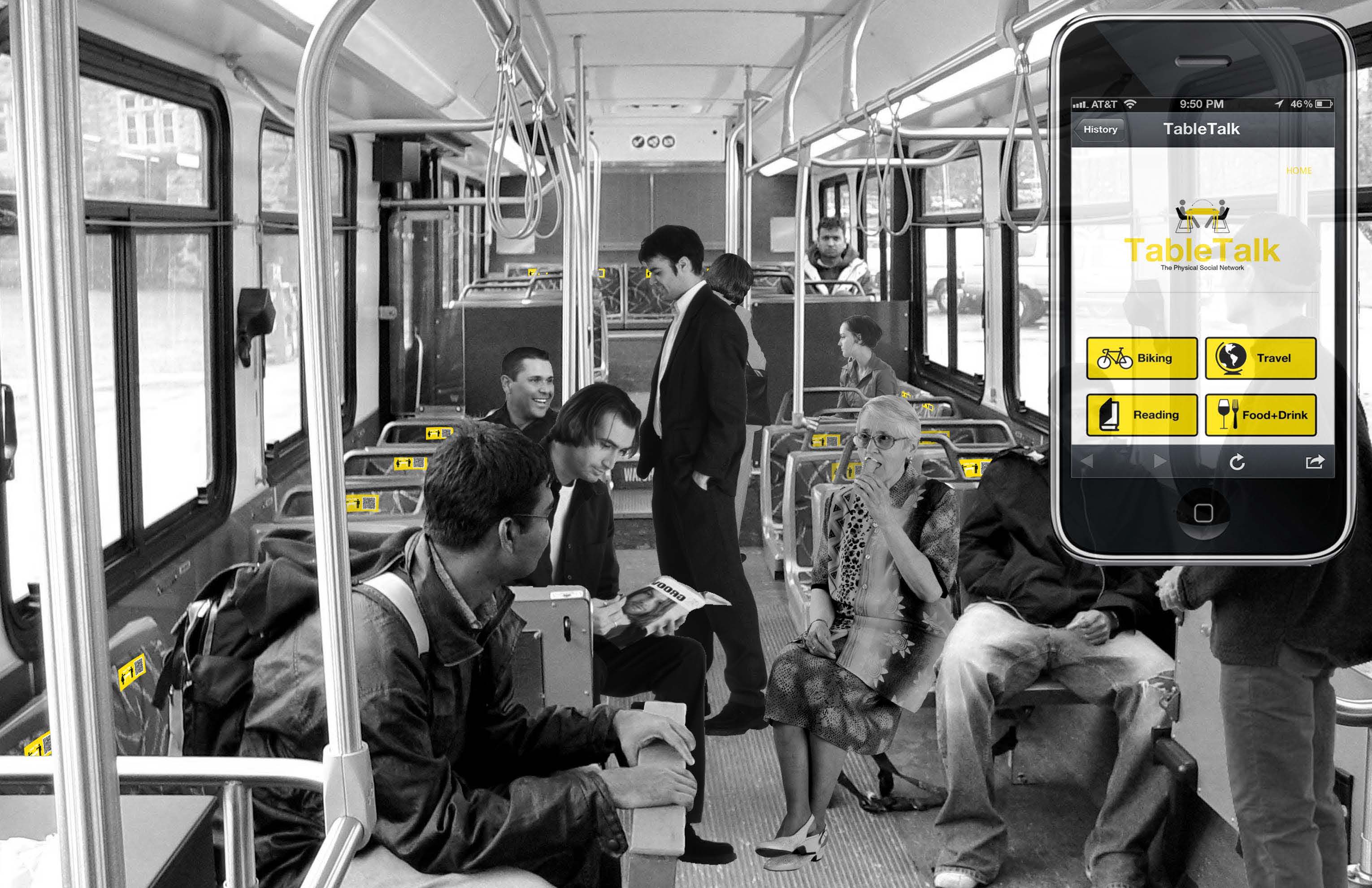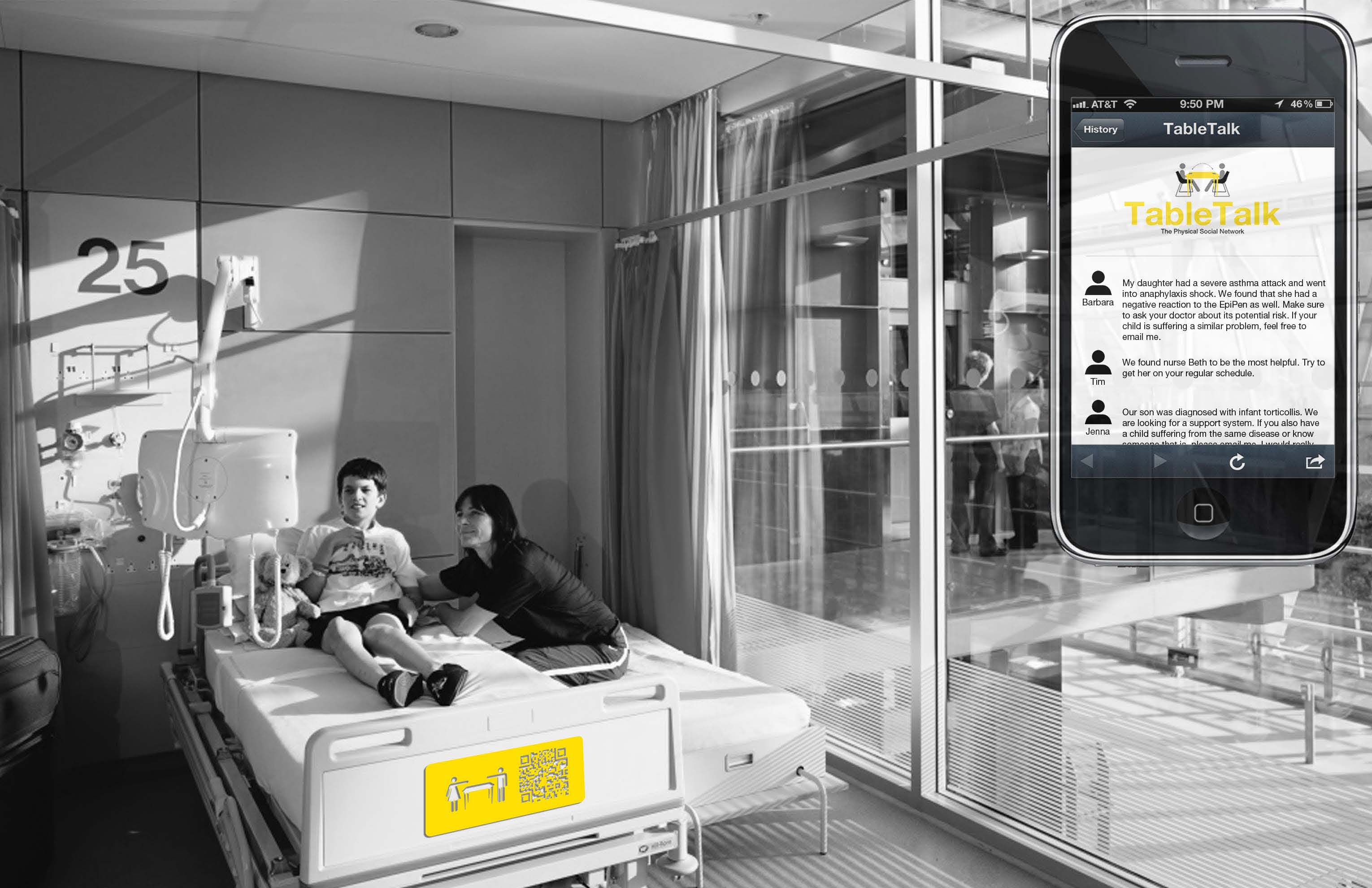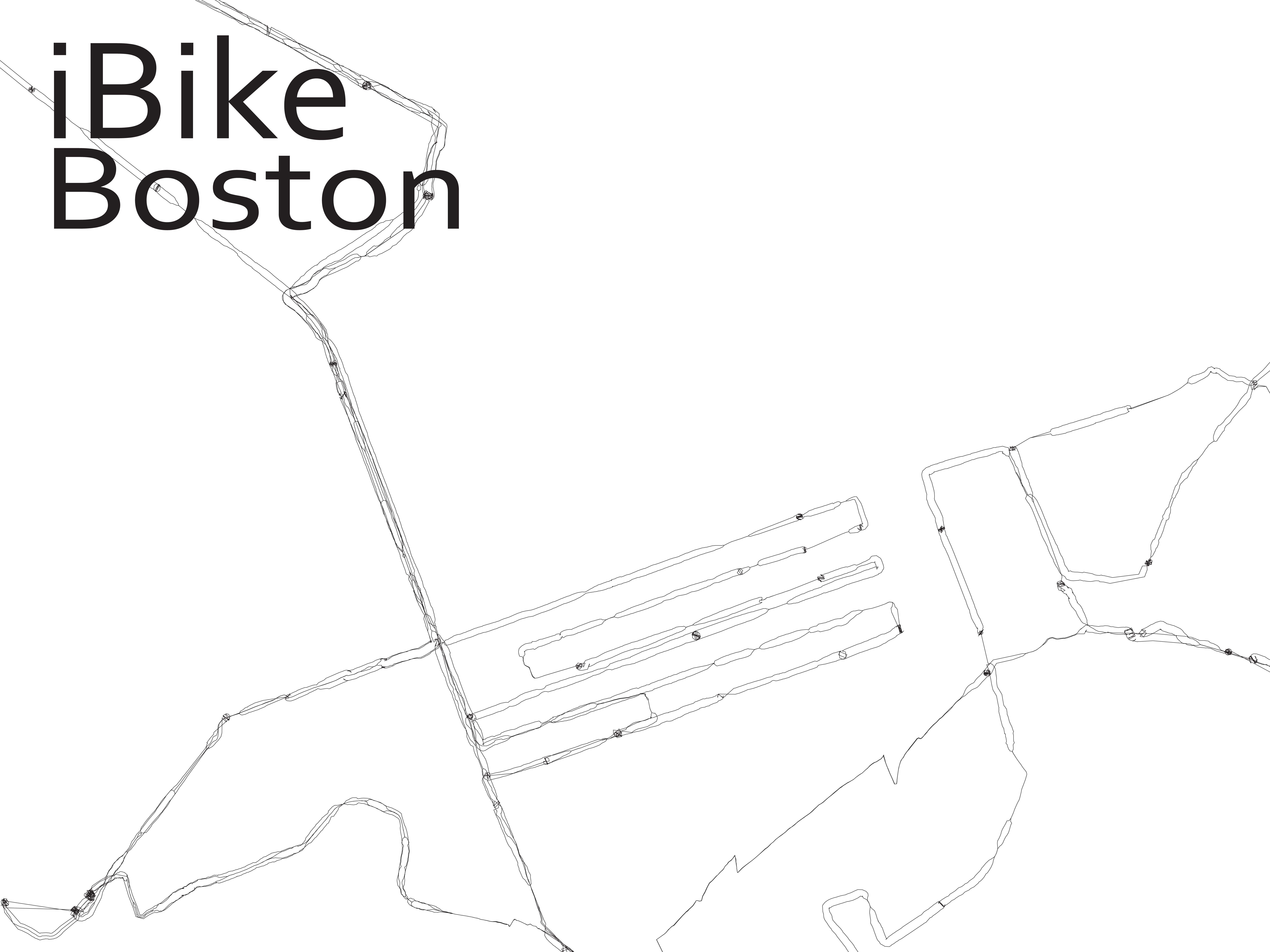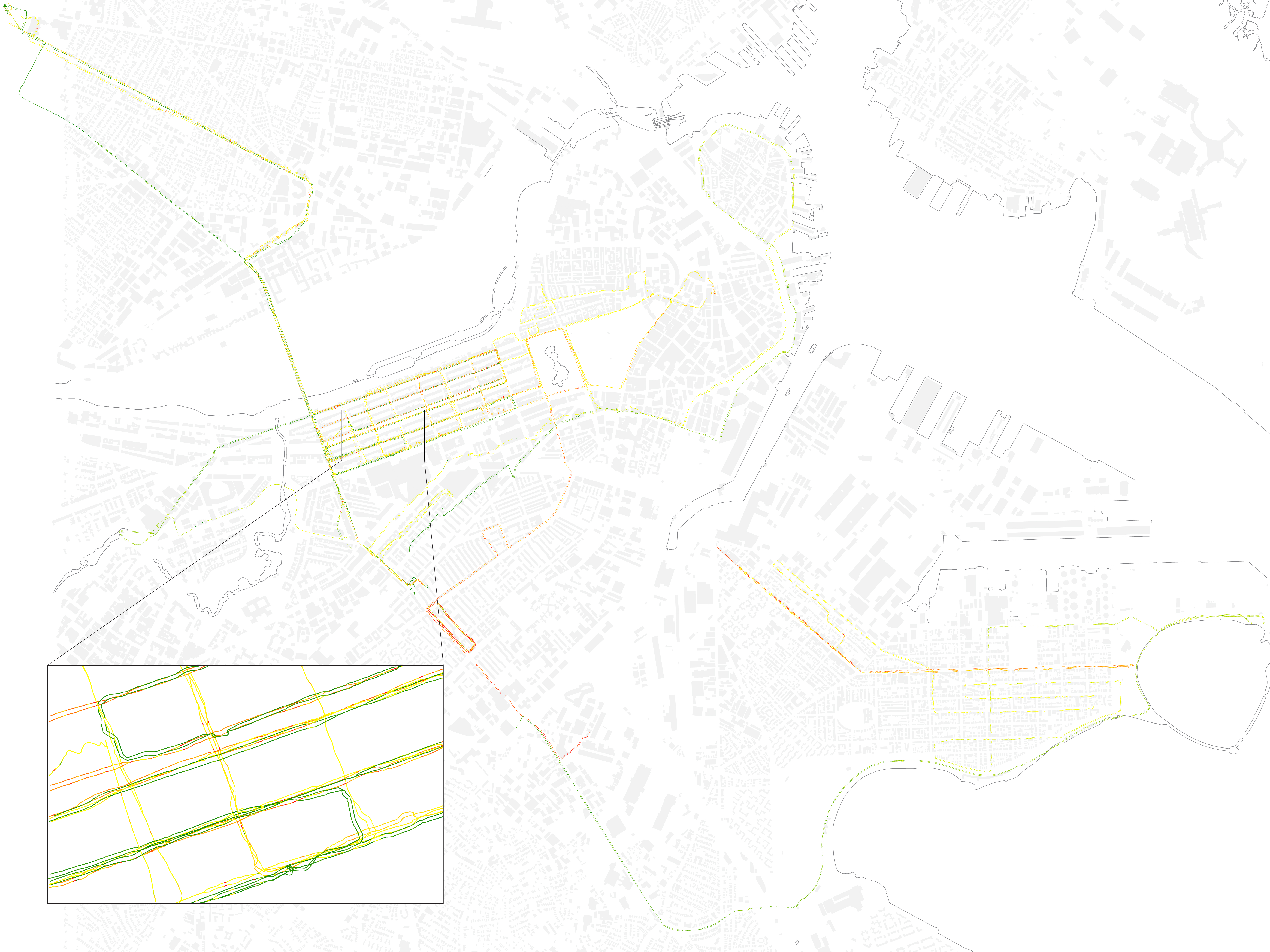Networked Urbanism
design thinking initiatives for a better urban life
apps awareness bahrain bike climate culture Death design digital donations economy education energy extreme Extreme climate funerals georeference GSD Harvard interaction Krystelle mapping market middle east mobility Network networkedurbanism nurra nurraempathy placemaking Public public space resources Responsivedesign social social market Space time time management ucjc visitor void waste water Ziyi

digital
Working with the digital environment: the data, information and knowledge bits that flow over the Internet, and the interactions between them and the people. Looking into the connections and possible synergies between the digital and physical aspects of urban life.
5x5x5 Scheerbarth Liang McCourt from Scott Liang on Vimeo.
This week was dictated by preparing our submission for the 5x5x5 Variations on a Smarter City competition hosted by the Urban Design Committee of Boston’s Society of Architects. The accompanying conference fits our project idea beautifully and we hope to get exposure to the jurors in the process. Preparing the submission video certainly helped to tighten the project narrative.
Follow this link for the call for entries: http://www.architects.org/committees/news/urban-design-committee-call-video-entries-5x5x5-variations-smarter-city
Scott Liang | TJ McCourt | Benjamin Scheerbarth
On September 30th, we went to visit the MIT Senseable City Lab. We were shown around the lab and introduced to a selection of past and current projects. Check out the video for some detailed introductions to a selection of four projects, responsive environments, local warming, signature of humanity, and live singapore. Thank you Anthony for your time and the warm welcome.
Follow this link for the website of the lab: http://senseable.mit.edu
Scott Liang | TJ McCourt | Benjamin Scheerbarth
The first week of the project can be described by google doc, erase, google doc, erase, google doc. We collectively pondered about the base line rationale and narrative of the project. Later that week, we took the same process to the walls: idea paint, wipe, idea paint, wipe, idea paint… We drew up wireframes and had them dictate our thinking as to how the user interface needed to perform.
Scott Liang | TJ McCourt | Benjamin Scheerbarth
Today’s highly connected world has enabled new forms of communication that have heretofore been impossible. Platforms such as Facebook, Twitter, and Quora allow us to connect with our friends, followers, or people of shared interest, essentially without regard for their physical location. These new forms of interaction are invaluable in their ability to target a very specific audience in ways that are difficult or impossible without current technologies. But while these technologies have largely erased spatial barriers, its potential for facilitating proximal interactions has been left largely unexplored.
What if there was a platform where we could easily share photos and have discussions with fellow event-goers with whom we share our current location? What if this platform could let us talk to our neighbors about community news, ask about a lost pet, or put an item up for sale? What if this platform could allow a new tenant to ask existing residents about move-in advice?
Despite the tremendous value in locally-targeted communication, there is as yet no dominant platform through which to do so. Services that connect you with your residential neighborhood do not allow you to engage with people outside of its boundaries. Services that let people to post in predefined public places do not reflect the users’ sense of place. Services that allow people to post geolocated messages via their physical location do not capitalize on the inherent advantages of the digital medium to transcend spatial restrictions.
For these reasons we decided to develop our own solution:
Hear Here is a location-based discussion board that allows people to connect with each other through the commonality of place. It allows users to engage in threaded discussions that are linked to locations around them. Nearby discussion threads are displayed based on the user’s physical location. Users can also view discussions in other places by moving their virtual selves to that location. These discussions are persistent—they can be viewed and continued by future users even after the original participants have left. Hear Here is designed to foster both local community and provide an avenue for transient populations to engage with locals and with each other.
Hear Here is entirely user generated. Its users create both the content and the geometry of the places to which these topics are tagged. These places can range in scale from a single building up to a city district. A place can be as well-defined as a building or as nebulous and transient such as an impromptu street festival. And because these places not defined by top-down categorizations, Hear Here can provide insights into how people truly conceive of place.
Hear Here can be understood as a conciliation of the digital layer with the physical world. Discussions, conversations, and thoughts are mapped to a virtual representation of real space. Hear Here is still cyberspace—you are free to move your virtual location wherever you want—but it straddles the digital/physical divide in a way that marries the qualities of both kinds of space. It liberates real world users from physical restrictions by allowing them to engage with others at any place and any time, yet it still retains the real world spatiality that is valuable for targeting users. This spatial duality is still a novel and under-explored conception, but we are excited to see how people utilize it in ways we cannot yet imagine.
iBike, questions both the data collection as well as the dissemination. By mounting specific sensors to a bicycle data was collected in an effort to draw the experience of cycling in Boston. Using an accelerometer to measure micro-topography and a GPS to geo-locate the information and to provide speed data, I am questioning the existing maps by redrawing the city based on the experience of cycling. The width of roads is drawn based on the speed of travel (faster roads feel wider) and the micro-topography is drawn by increased density of marks when viewed at the neighborhood scale and as a color gradation at the larger scale. The resulting maps provide the cyclist with a layer of information absent in existing cycle maps that relates directly to the human experience.
iBike Boston began with a simple proposition, go out and explore Boston, discover the city. This seemed a funny proposition as Boston is my home, where I have lived and worked for eight years, having grown up in a smaller city fifteen minute to the south. Accepting the challenge of discovering my city I decided to take my bike and ride around the residential part of South Boston. I have spent quite a bit of time in Southie, but always along the water or along Broadway, the main street running through the middle. What I found was that it was nearly impossible to get from my appartment in the South End to South Boston, a distance of only about two miles. Though Boston has been making great moves to become a more cyclable city, there exist still major gaps in the infrastructure and linkages. The two mile ride to Southie bring you across a four lane intersection and on ramp over the highway and around a major rotary, the way back sends you under the highway where no cross lanes exist.
This adventure got me thinking about how different the rhetoric about Boston being a more cyclable city is from the actual experience of riding. I began looking at maps, both cycle specific as well as common digital maps. The cycle maps that if found provided little information on what the surficial conditions actually were. Cycle lanes, when represented at all, were color coded lines drawn over centerline of streets, simply denoting that a cycle lane exists with no hint at the quality or width of the lane, just a demarcation of it’s existence. The base maps that the diagrammatic overlays were applied to are similarly simplified, seemingly dependent on satellite imagery to provide any “real” surficial information.
The ubiquitous google map that everyone is familiar with stands as a contradiction to the access of huge amounts of data. The flattened surface of the “map” view juxtaposed with the satellite imagery layer are presented as a complete picture of the world, encompassing all of the resolution necessary. With this dichotomy of the ultra simplified map and satellite imagery a certain thickness of information that had been drawn into maps for centuries has been wiped away. Further, the ubiquity of data collection devices (smart phones with gps, etc.) bring to question why modern cartography has largely been simplified (perhaps because of the ubiquity of data collection and dissemination).
From this research I decided to explore how a thicker more informative cycle map could be drawn, to remap the city drawing the experientiality of cycling. To do this I built a sensor to mount to my bike in order to map data related to the experience of the ride. I focused in on two parameters to map, micro-topography and speed. I used an accelerometer to map the micro-topography; using the z-value from the inertia sensor I was able to map the feeling of the road while riding. A GPS was used to geo-locate the information and to provide speed data. The width of roads is drawn based on the speed of travel (faster roads feel wider) and the micro-topography is drawn by increased density of marks when viewed at the neighborhood scale and as a color gradation at the larger scale. The resulting maps provide the cyclist with a layer of information absent in existing cycle maps that relates directly to the human experience. The limited parameters of micro-topography and speed provide quite a bit of information pertinent cyclists, as the yare two major factors in the comfort of a ride. Additionally the use of the accelerometer and GPS allows for future scalability as most, if not all, smart phones have these two sensors built in. With the intention of turning this into an app crowd-sourcing data iBike can redraw the city based on the experience of cycling temporally, showing conditions as they change. The maps have the ability to transition as road change, construction begins and ends, even diurnal maps can be created so that the cyclist can better understand what the riding conditions are likely to be when they set out.
Developing into the future I am looking to formalize iBike Boston into a crowd-sourced digital mapping system, drawing thick user based maps that redraw the city based on experience. Additionally I am developing sensor packs to measure other inputs that affect the quality of cycling. By collecting and mapping this data I am looking to impact the way we urbanize our city and environs, the city exists as a system of people, not of cars and our infrastructure should reflect that.
SoundTrek activates space psychically and emotionally by framing and sharing user experience of space in real time and along several experiential axes. SoundTrek is a socio-spatial music sharing mobile application that curates user generated playlists to play back to other users only under specific conditions. Songs are geo-coded and pinned to coordinates along with time, season, weather conditions and user information enabling users to discover, often by surprise, music tied to the spaces they use.
Space + experience = place
In this equation, the built environment plus the experience of that environment equals “place”. In 2006, the Project for Public Space asked people how they define “placemaking, “ and by far the most frequent and compelling answers included; connection, memorability, shared stories and experience, humanity and the purposeful creation of character and meaning in public spaces. While “place” and “placemaking” often refer to the physical activation of the built environment through design and alteration promoting, usability, the question remains that perhaps there are more subtle techniques that lend themselves to achieving the goals laid out above.
What it takes to “know” a space? What experience of the space leads us to feel connected, to remember, to share, and to feel a space has character and meaning? How did we learn about the spaces we know? What was the lesson and who gave it?
Process
Finding the entry point for this project was no easy task. With the equation above as a template, various ideas were developed from interviews with community activists in Jamaica Plain and East Boston, and videographers in New York City. These included: Pop-up playgroups based on real-time population data delivered from neighborhood playgrounds, the field and playtime allocation for pick-up soccer games in the city, a project on segregation and public space, and a video mapping project based on MyBlockNYC.org.
The project finally landed on Boston’s tour guides, specifically Boston Duck Tours and Cambridge Historical Tours in Harvard Square. Interviews with two of the tour guides who work for these businesses were instrumental in furthering and honing the idea that resulted in SoundTrek. Often tour guides are professional actors who may or may not live in the area. Their job is to entertain. While they pride themselves on their research and local knowledge, they are often directed to recommend certain places and businesses in the city. They share historical and trivial anecdotes about the actual built environment and but their lessons lack the experiential element of the space, thus depriving it of “place.” Adding the element of experience to the lesson of space led to interviews and videos of local people who shared their “favorite places in Boston.” Locals can teach us about both space and their personal experience in the space, but does their experience resonate with us?
The ‘needle drop’ is a term used in movies when popular music is laid on a scene in place of traditional score. Nobody knows this better than Quentin Tarantino. Tarantino explains his attention to detail when it comes to music in film in an interview with Arts District. “To me, my soundtracks work as two different things. They work as a little shadow version of the movie itself. If you like the movie and you want to carry it around with you and not have to watch the story all the time but still get the feel and sense of it, they allow you to do that.” Music can be used as shorthand to quickly illustrate a state of mind, an emotion or an experience, it is intimate and connecting. When watching a movie, one knows exactly what to feel at any moment via the scene and soundtrack. SoundTrek would allow users, much like a film director, to frame their real-time, physical scene by “dropping” the perfect audio track to capture the moment and then share that moment with an audience of other users. With one song users could share the idea that “this is me in this space at this moment” thus transforming a space into a place and achieving some of the goals of the Project for Public Spaces; connection, memorability, shared stories and experience, humanity and the purposeful creation of character and meaning in public spaces.
Mapping/Data
The final review of SoundTrek, the idea and rough design, raised interesting questions about data collection and analysis. Presumably one could take the emotional temperature of a city or even a part of the city using the songs and playlists as data points. Over time, cities could be compared to each other and a better data metric for “happiness” could be established. Another interesting piece could be data collected over time in a single city and how the music sharing related to changing demographics and ethnography.
SoundTrek is an idea and application that works best in an urban setting because living in the city increases the odds of serendipitous encounters. SoundTrek is the record of a personal moment, though ephemeral, that can lead the user to new discoveries, experiences or feelings. Its expression as a mobile app does not hinder the rhythm and movement of the user through the built environment. SoundTrek is calculated urban serendipity, a romantic, sentimental concept perhaps, but one that provides emotional, intimate, spatial connection in otherwise routine and anonymous urbanity.
Table Talk is a physical social network connecting individuals of like interests by combining the physical and digital realms of urban space. This new community typology makes formerly invisible layers of shared interest visible in the material space. By embedding personal metadata onto physical objects, a new community work space is developed connecting individuals in both real time and to past occupants; highlighting the importance of the city as place.
Looking at the history of social networking, social connections first and foremost were always spatial. With the invention of the internet, social interaction went from physical to digital and new geo-location technology begins to bring the physical back into social networking, yet only as a dot on a map. What if instead of separating our physical and virtual layers, there was a way our physical environment could become a social network?
TableTalk is the exploration of the static object with an overlaid layer of digital technology which allows the user to embed personal metadata. Each table is networked into a larger system within the room. As an individual ‘engraves’ their interests onto the table; the system is able to delineate shared layers between occupants, connecting people in real time. Once the table receives an individual’s interests, it retains a trace of that person so that connections can occur across temporalities. Based on chance occurrence of choosing the same table, individuals of shared interests can connect through the physical environment. People can leave traces of themselves on the table for the past and the future; adding a heightened importance to place.
With the increased use of the ‘in between’ place between work and home where individuals come to work independently in public, TableTalk further enhances the social quality of this space. This new typology is a place to work alongside other intellectuals, some of which may share an inherent knowledge base, and connect on mutually beneficial terms. This type of environment not only provides a work space, but starts to break social barriers through place, creating a richer way for people to connect, develop community, provide place for organizing and therefore become a tool for place making.
There are several approaches to implementing this physical social network; each incorporating a different level of technology; the first being the simplest means as an overlay onto an existing space. Using QR code stickers, a physical space can be advanced by simply overlaying a digital layer onto its existing surface. The individual can then scan the QR code using their phone and input their layers of interest to begin to connect with others in that space. The first implementation of TableTalk was an overlay in the cafeteria of Harvard’s Graduate School of Design. When a user scanned one of two QR codes on the table, they were prompted to choose one of four topics which brought them to an online message board to reply to past users or leave notes for future. The second QR code let the user leave a visible trace of themselves in the room. When this code was scanned, the user was prompted to enter his or her name which was then immediately displayed on a large plasma screen in the cafeteria. My initial hypothesis was that users would be more willing to use the less visible online message board rather than display their names in public; however I was surprised by the inverse results. More users publicly displayed their name rather than using the online message board. Many went on to further add comments and the screen became a show many would stop to watch. After a few days use, I discovered more messages were added to the online board; most of those in the topic ‘food & drink’; not so surprisingly being in a cafeteria. However, it makes me wonder that if this technology were located in a place without a specific program as this cafeteria had, would TableTalk be able to influence the program of a non-programmed space?
In a fully immersed environment, the technology would be integrated into the table itself; fully combining the digital and physical layers. For this, I designed a responsive table which is capable of absorbing user interest. Depending on the chosen topic, the table adjusts color so that the user is able to quickly look around the room and see others currently in the room with similar interests; breaking that barrier of first conversation starter. The table is also embedded with a QR code which when scanned, connects to all the others who had previously chosen that same seat with the same interest.
By infiltrating unused spaces of our communities with these responsive tables in a layout that promotes social interaction, that ‘in between’ space can begin to act as a place making tool and means for community engagement. This physical social network can begin to connect individuals within the community on deeper and more meaningful levels depending on hobbies, background, research, or need and therefore highlighting the importance of city as place.
Bikenapped is an online platform aimed at raising awareness and mapping bike thefts in Boston. For the public, Bikenapped serves as a place to get a clearer picture of the bike theft problem as well as a community to share your experiences with others. By offering a way for theft victims to reach out to each other, we can learn from our collective experience and band together to help find solutions. The data and narratives that the public provides are valuable as insight to help understand theft patterns and behaviors, as well as the immaterial value of cycling in our city. With better information we can help pursue policy change that can target the problem.
As Boston works towards becoming a world class bicycling city, promotion of cycling and cycling infrastructure has resulted in significantly rising ridership. However, this increase in cycling correlates with another phenomenon: the dramatic increase in bicycle thefts.
Bike theft is notoriously difficult to investigate, and stolen bicycles are equally difficult to recover. Theft victims often feel violated and helpless in the face of these crimes. There is nowhere for to speak out, no outlet for to take action. By gathering this community of individual voices, we can speak with a collective voice to shed light on the problem, and work together to find solutions.
MAPPING THEFT
One of the issues regarding bike theft lies in the shortage of data on these crimes. According to the reports from the Department of Justice, for every bike theft that is reported to the police, 4 or more thefts may have occurred. This severe underreporting prohibits us from seeing the full scope of the problem and from allocating adequate resources to tackle it. Bikenapped asks the community to participate in a user-generated mapping of theft incidents, to share information with our neighbors and our city.
TAKING ACTION
Raising awareness and disseminating information is crucial in addressing bike thefts. We seek to take the data beyond the digital realm and into the real urban environment we live in. Bikenapped asks users to post notice at the physical place of the theft to warn others of what had happened. The information is not just relevant on the internet, it is more relevant to all the people who use the spaces where these thefts happen.
CONNECTING VOICES
Change happens when we empower everyone to act. While bike theft is something most people experience alone, Bikenapped seeks to connect us with our neighbors and community. If we discover other people had their bikes stolen from the same place as ours, perhaps we can join together to demand for better safety measures in our neighborhood. If law enforcement is aware of certain zones of bike thefts, perhaps they are better equipped to police the area. If we know bikes have been stolen from a particular place, perhaps we will all be more vigilant to keep our neighborhoods safe from bike theft.
PROCESS AND THOUGHTS
The project began through data collection. Through visiting police departments and combing through public log information, we can already begin to see the difficulty in just understanding the bike theft issue in Cambridge. In just the city of Cambridge, there are three separate police departments that holds jurisdiction over different areas: the Cambridge Police Department, the Harvard University Police Department, and the MIT Police Department. In addition the MBTA Transit Police oversees all transit stops. All of these police departments have separate reporting and record keeping methods, which are not collated into a single database, but rather organized internally. From any one source, we can only see a narrow segment of the larger problem. It became clear that in order to understand the issue, we needed a place where information can be collated and made accessible to the public.
Bikenapped became a platform to not merely disseminate information, but also encourage participation. Bike thefts suffer from severe underreporting due to the common perception that nothing will come from a police report. Though the rates of recovery are surely low – and Bikenapped makes no claims at increasing the chances of recovery – a report on Bikenapped is something theft victims and see. It is visible on the map, and visible to every person who comes to visit it. A piece of information or an experience where a victim had once suffered alone, is now directly and visibly a contribution to a larger story and effort.
The reaction to Bikenapped has been extremely positive. As different media outlets and cycling blogs began to pick up the story, reports and emails started coming in. We had over 2500 unique visitors within the first 12 days, many from beyond the borders of Boston/Cambridge, all the way from Portland and California. The issue surely struck a cord to people, and the support and response that Bikenapped received validated the need for its existence.
iBike Boston is a project on re-mapping the city of Boston in an effort to draw the experience of cycling in the city. By mounting a sensor that links accelerometer and GPS data to the handlebars of my bike and riding the city I have been mapping the micro-topography of the streets and the speed of travel, this information is used to redraw the streets to better show the experience of riding in Boston.
SoundTrek is a socio-spatial music sharing mobile app that takes you on an augmented sensory journey through urban space. SoundTrek runs in the background on your phone, IPod or other GPS enabled device. When in “drop mode”, much like a film director, users can frame their real-time, physical scene by “dropping” the perfect audio track to capture the moment. When users in “listen mode” get close to a geocoded marker, SoundTrek turns down their music and turns up an audio file that has been “left” there for them to find, delivering user-generated content that is temporal, seasonal, environmental and site specific. SoundTrek is a new way for people to share their city and their urban experiences in a way that is subtle, intimate, and personal. It is effective, effortless place-making that provides the opportunity for those who use the space to share their experience of the space with other users.
« Previous 1 2 3 4 5 Next »
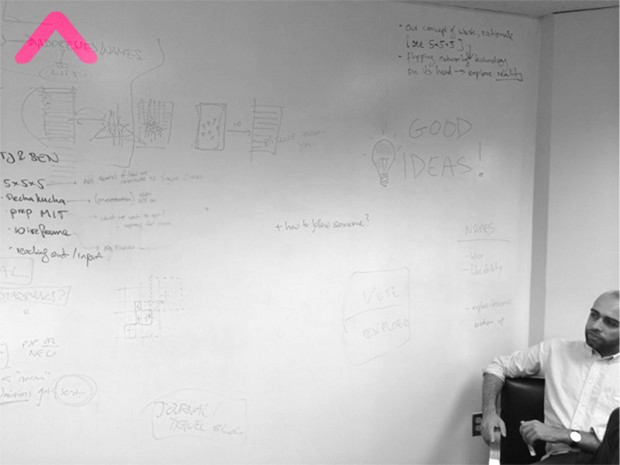
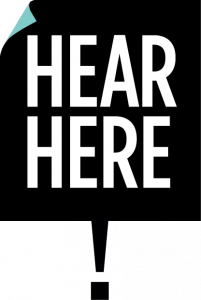
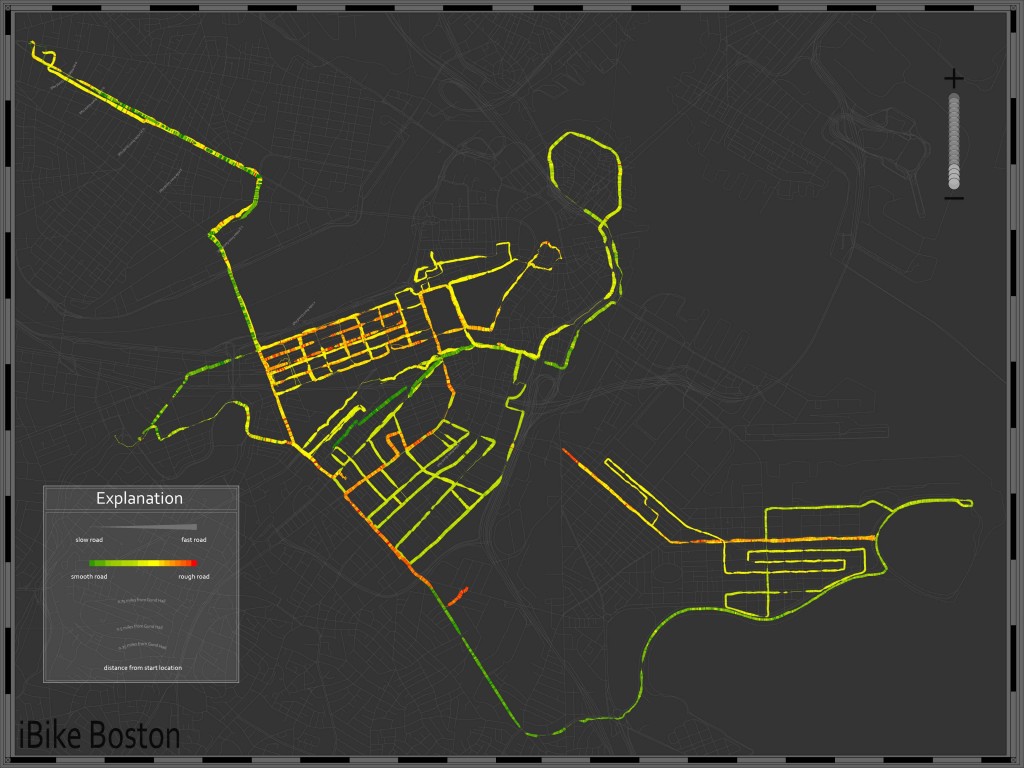
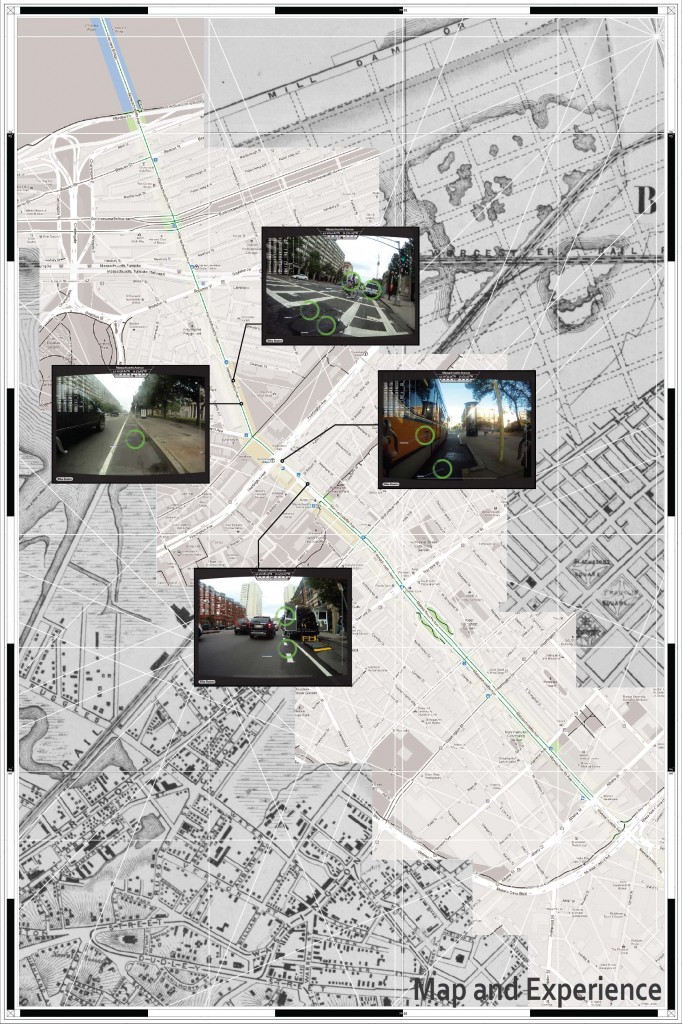
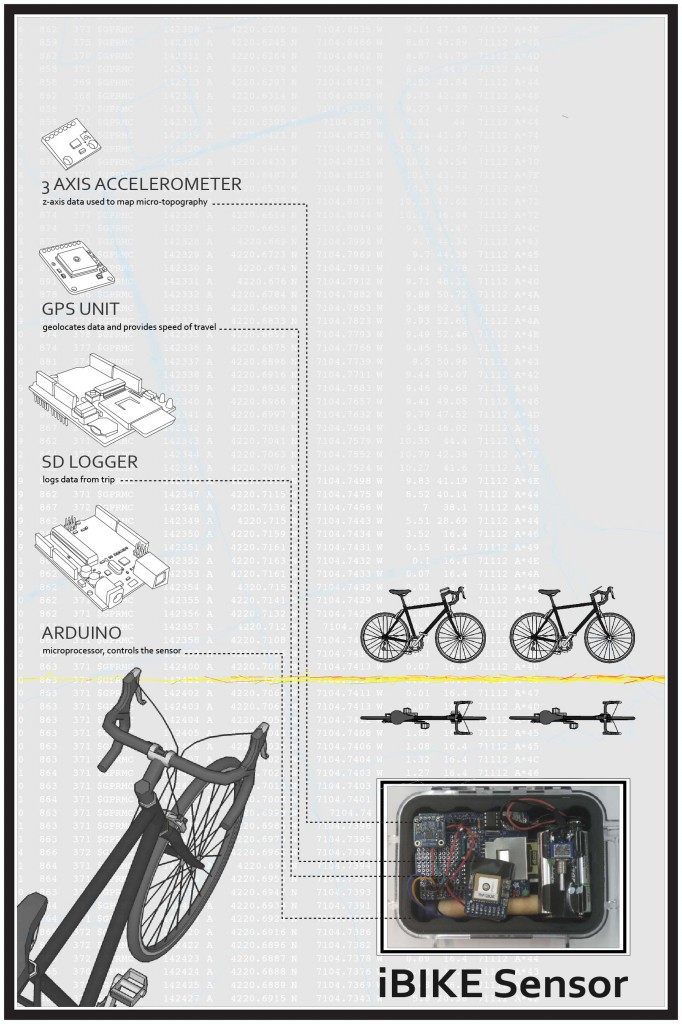
![0.18_Park_1 [Converted]](http://networkedurbanism.com/wp-content/uploads/2012/12/Park-and-Back-Bay-1024x512.jpg)
